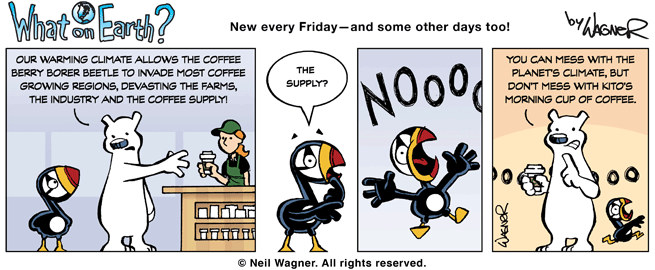Taking a shot at photographing science and nature
Go to Google Images and search for “science.” What are the results? More than likely, the search will come up with beakers, protons, lab coats, double helixes, pulsars, microscopes and perhaps a smattering of trees and images of the globe. Photographs of researchers boot-high in streams collecting samples, for instance, or of a Cayman Island blue iguana in its natural habitat, would probably be few and far between. But images such as these—which show an aspect of the biological sciences, environmental processes or a subject of ecological research—rarely show up, even though they are of course also science.
